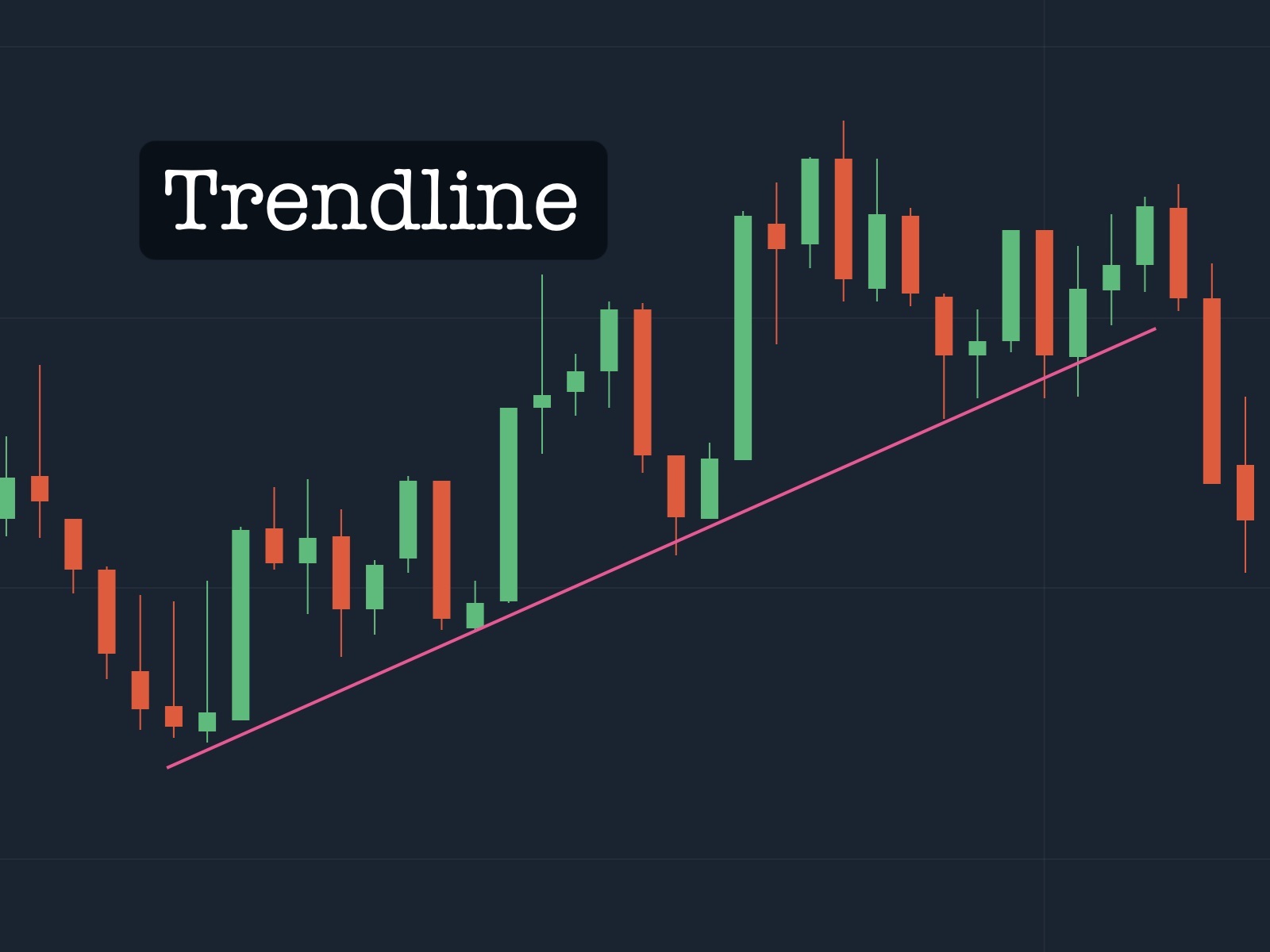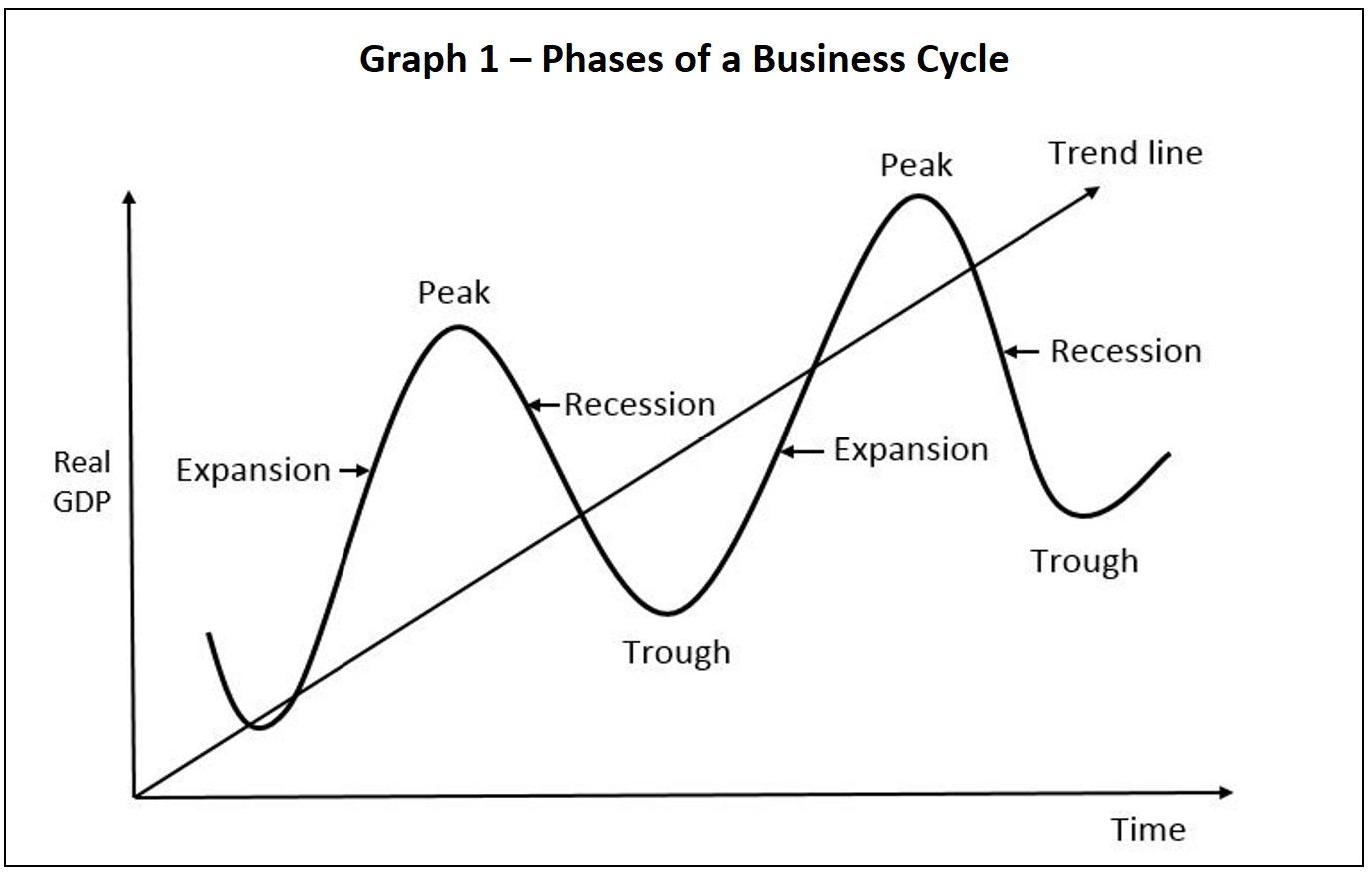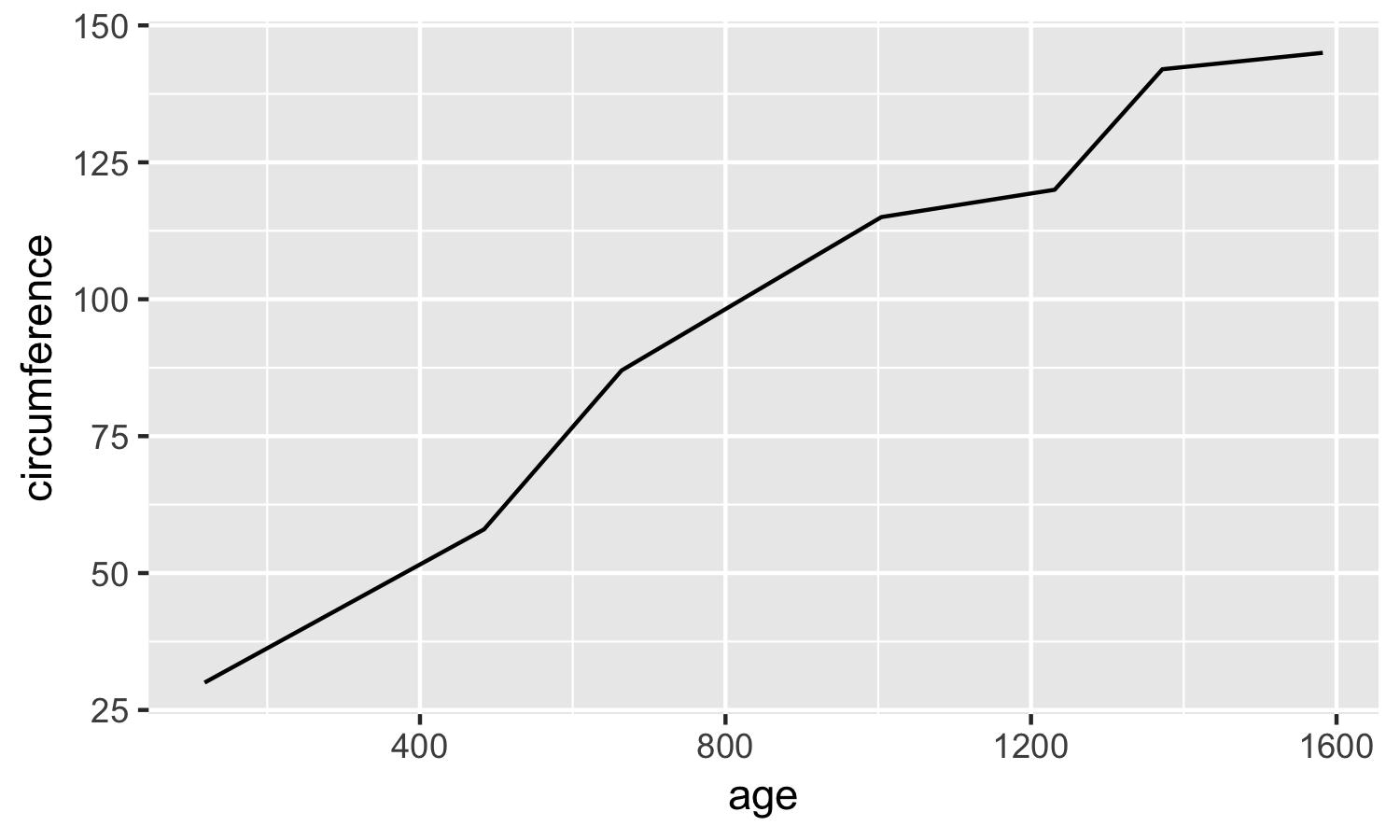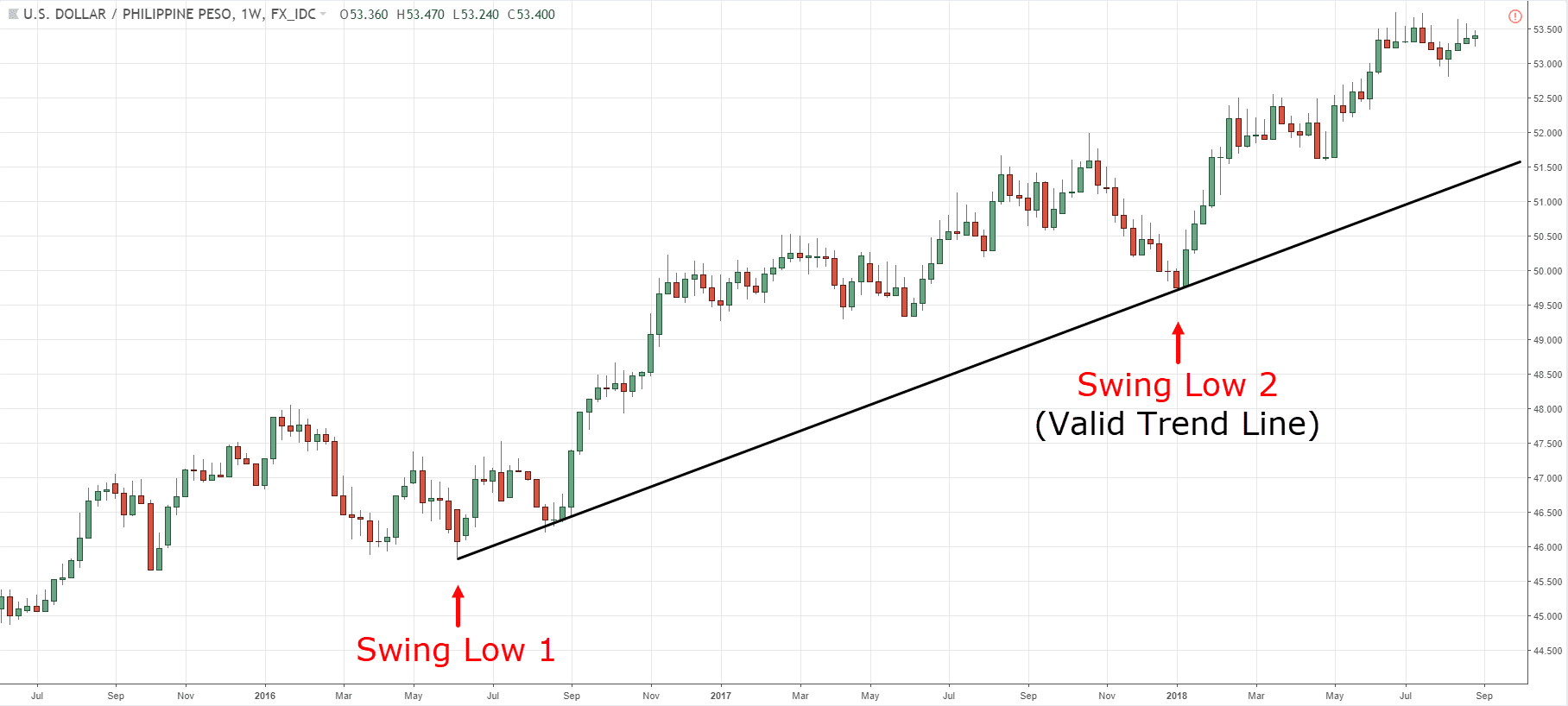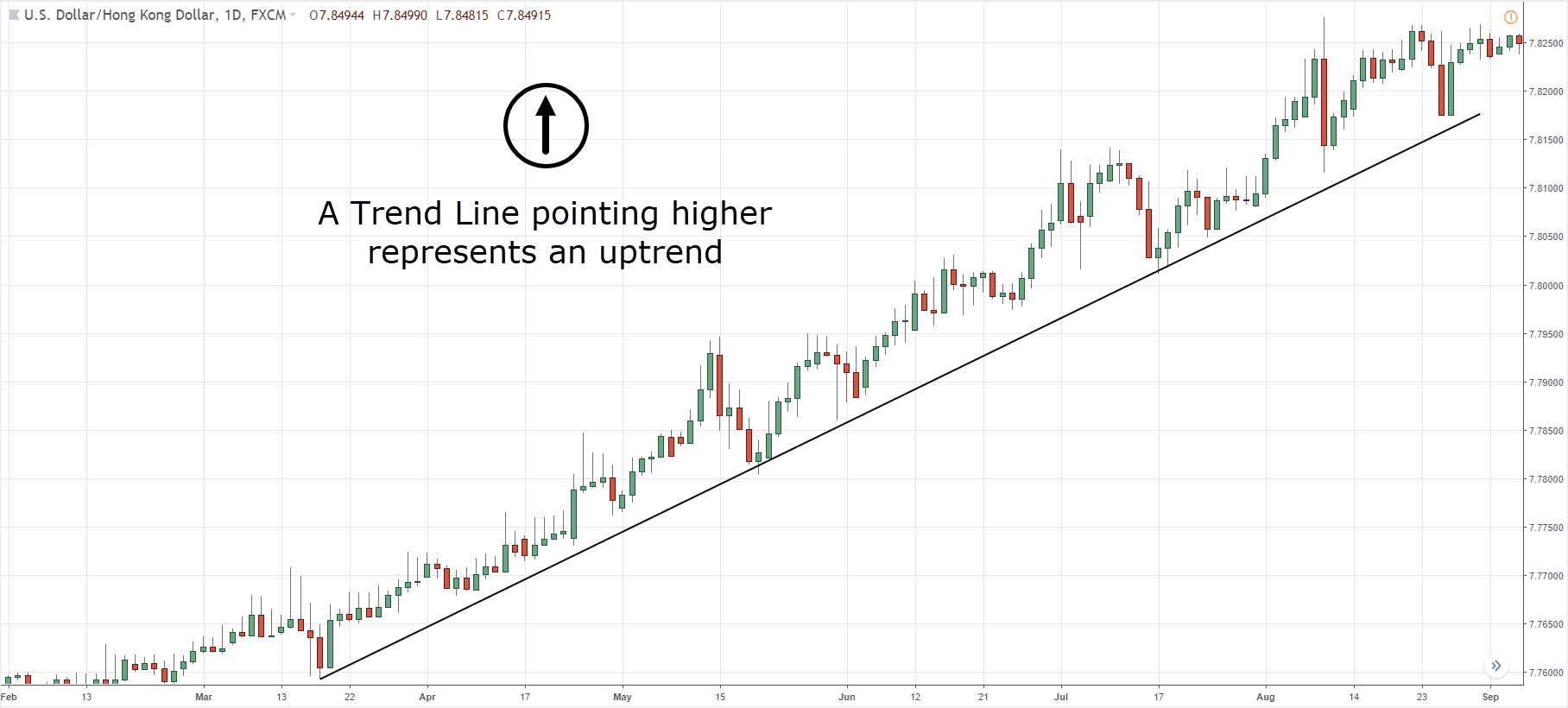Favorite Info About How Do You Interpret The Trend In A Line Graph To Make Standard Curve Excel
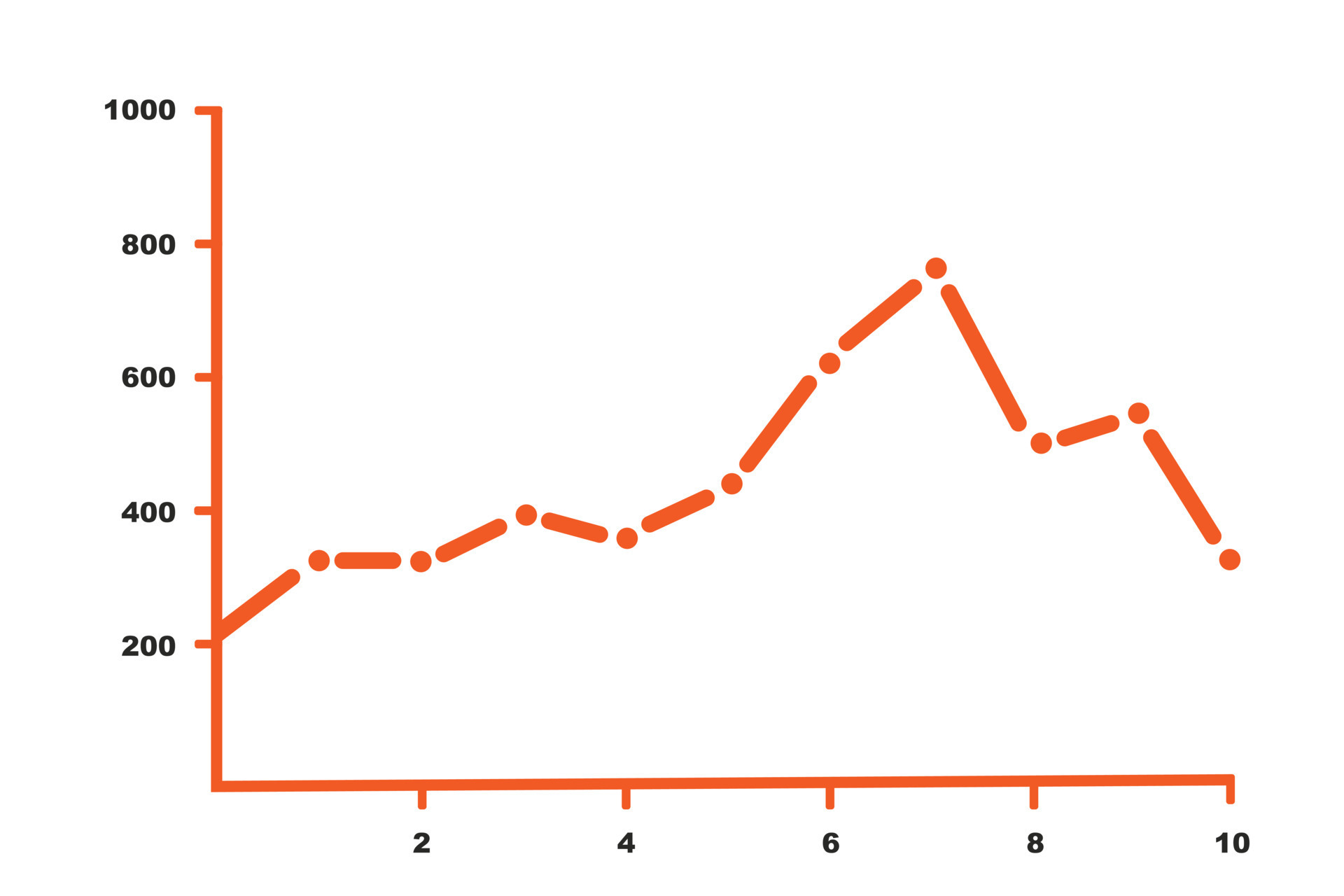
The horizontal axis depicts a continuous progression, often that of time, while the vertical axis reports values for a metric of interest across that progression.
How do you interpret the trend in a line graph. Follow the lines and see if there are any trends, sudden rises or falls, repeating patterns, or. Bar graphs are better for comparing larger changes or differences in data among groups. The slope of the line connecting the data points indicates the rate of change in the dependent variable.
Trendlines are a visual representation of support and resistance in any time frame. In the graph above, although there is not a straight line increase in figures, overall the trend here is. A linear trend is a straight line that shows a constant rate of change between two variables.
A trendline is a line drawn over pivot highs or under pivot lows to show the prevailing direction of price. Recognize the trend of a graph. Display main and interaction effects.
This means that for every unit increase in one variable, there is a constant. Think of a trend as a pattern in math. To understand trends.
Trend lines are straight lines that connect two or more price points on a chart to identify and confirm trends. Then examine the chart to see the values of the points in the lines. A trendline is a line drawn on a chart highlighting an underlying pattern of individual values.
T is the value of the time unit. Observe the line graph shown below. Consider the following steps to read and interpret a line graph:
Let us read it and list out the key observations from the line graph. Whatever shape you see on a graph or among a group of data points is a trend. In technical analysis, trend lines are a fundamental tool that traders and analysts use to identify and anticipate the general pattern of price movement in a market.
See general trendline formulas for various kinds of relationships. The slope of a line is the change in y produced by a 1 unit increase in x. The fitted trend equation is an algebraic representation of the trend line.
First, look at the axes to understand what the chart is showing. B 1 and b 2 are the coefficients. Explore what a trend line is.
Check out the emerging patterns to understand the trend. The form of the fitted trend equation depends on the type of model that you selected. The type of trend line can add to you visualisation but may hinder it if you can’t explain why you used it or what value it adds.





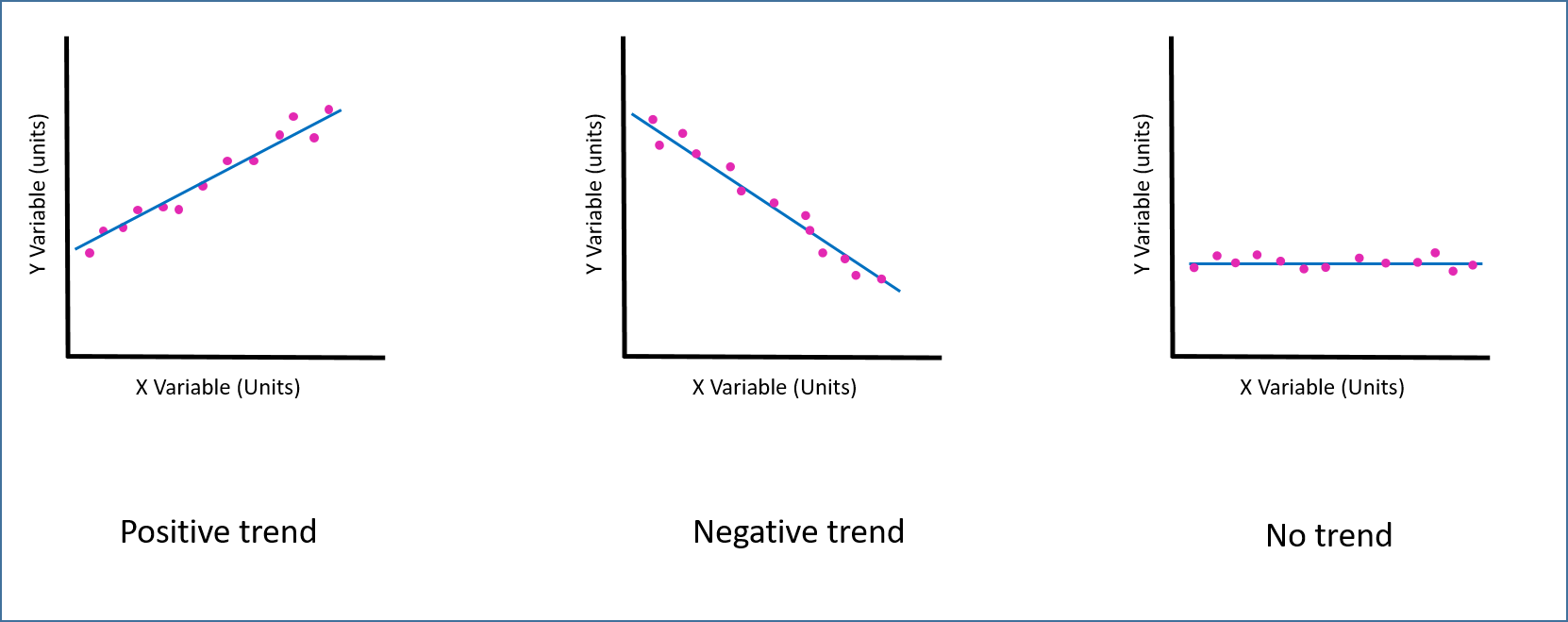
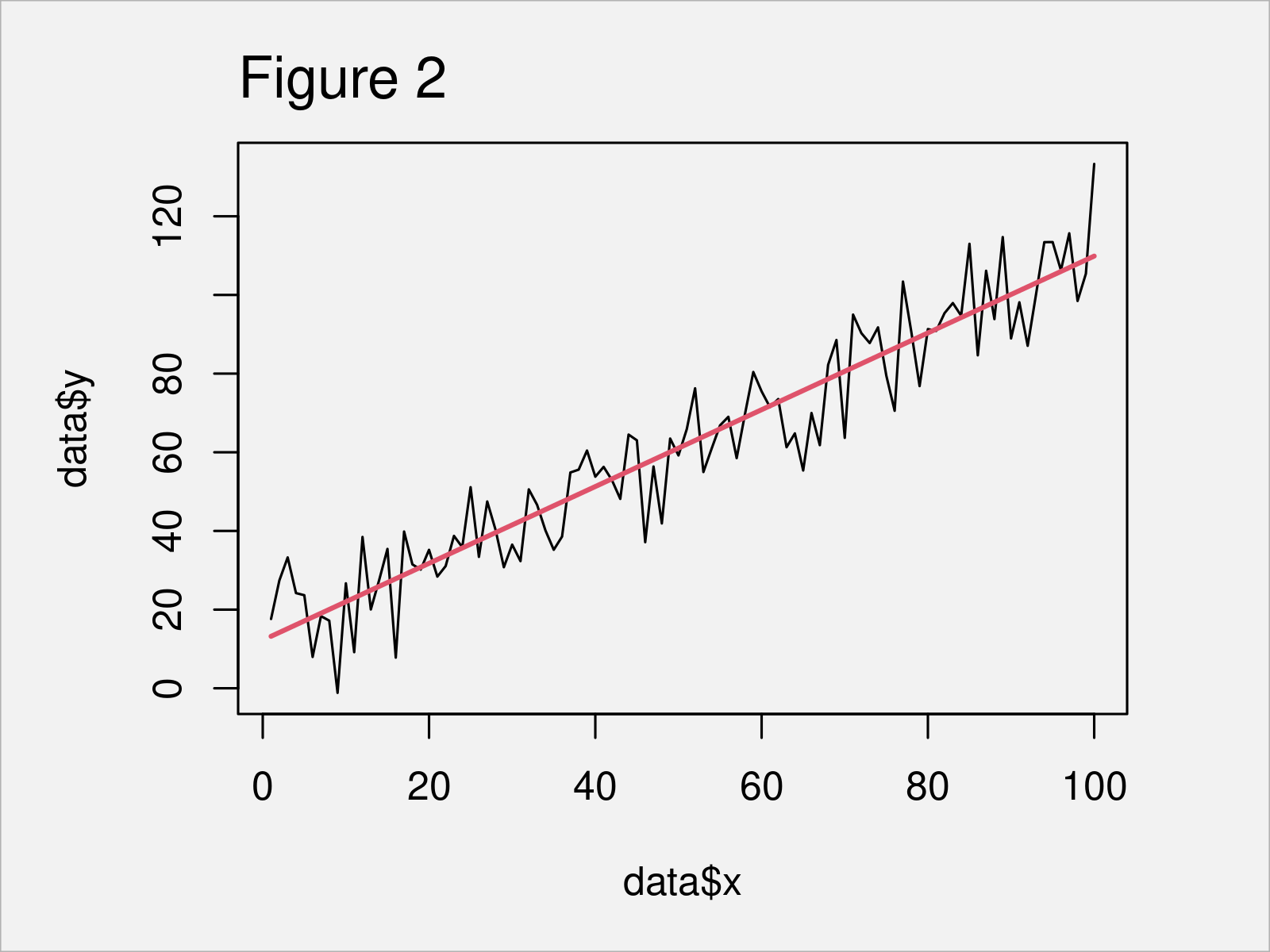
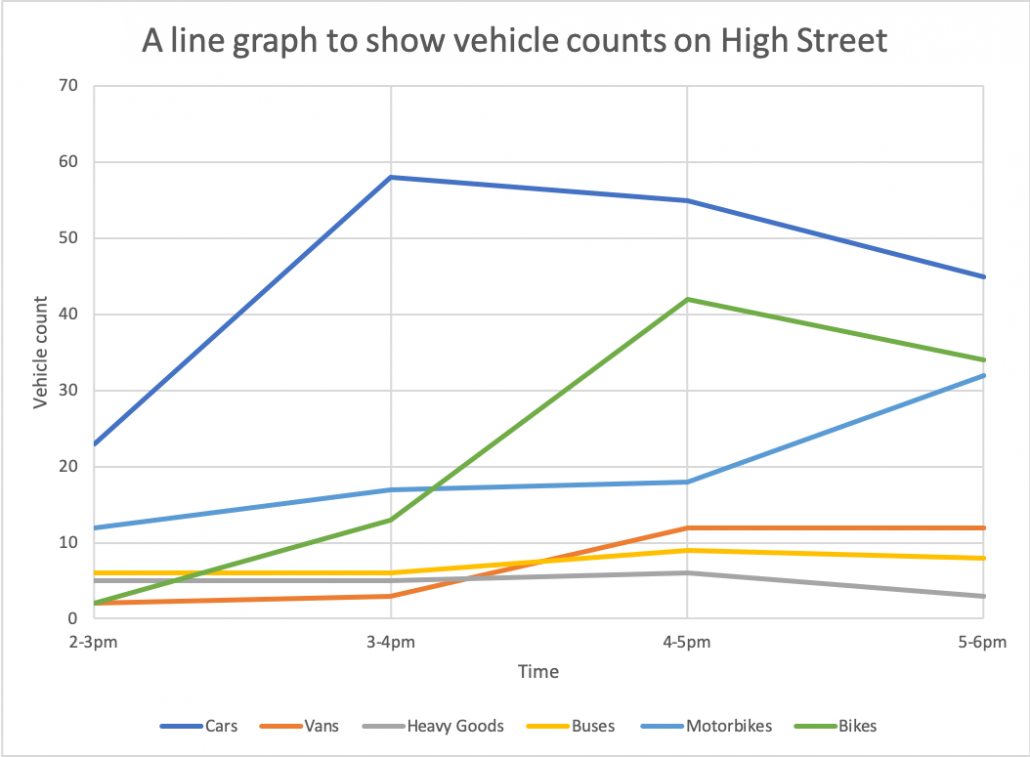

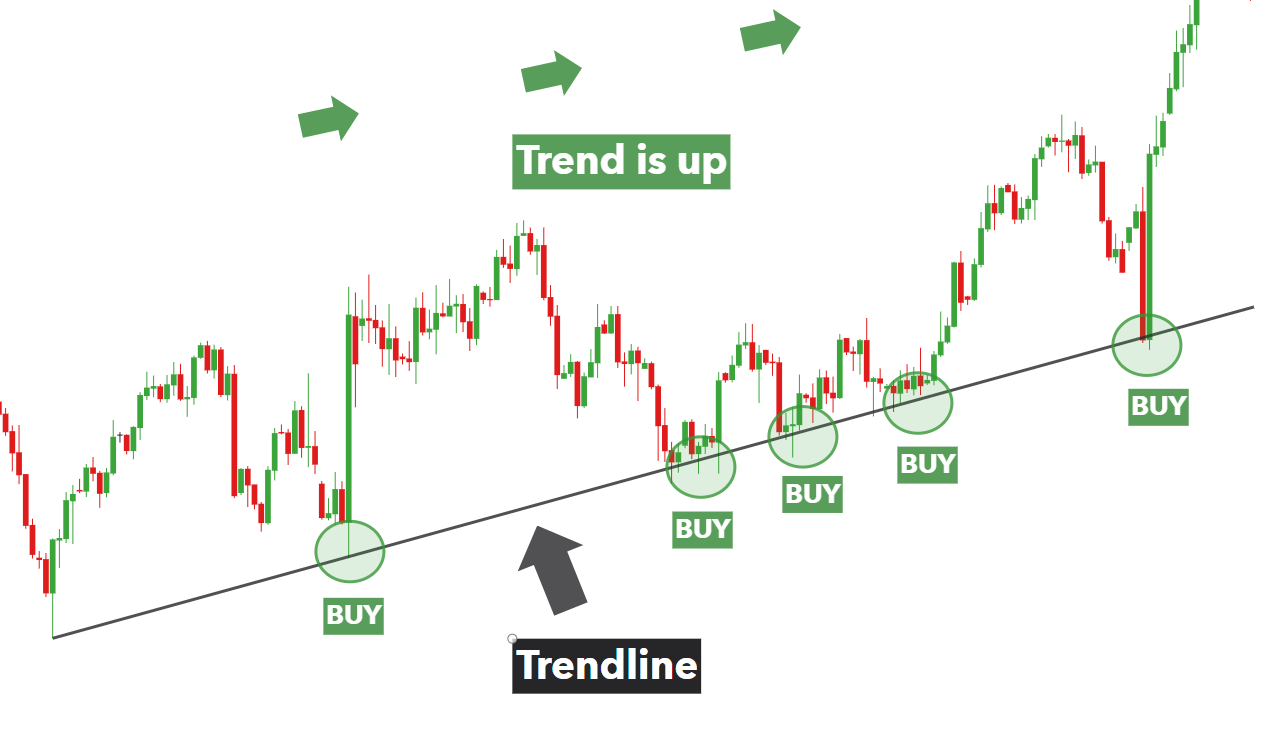
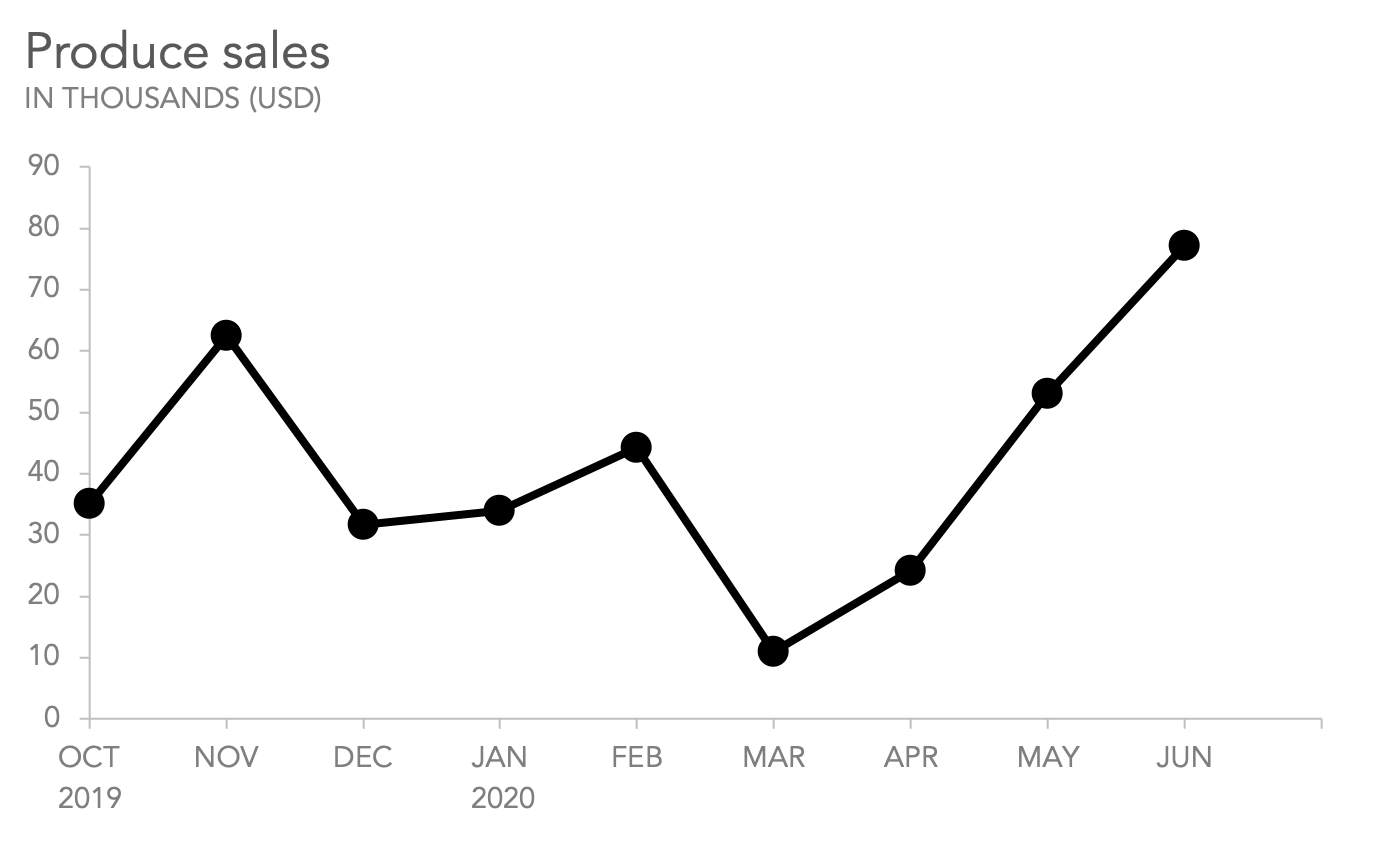

![How To Draw Trend Lines Perfectly Every Time [2022 Update]](https://dailypriceaction.com/wp-content/uploads/2014/09/how-to-use-trend-lines.png)

